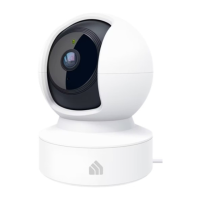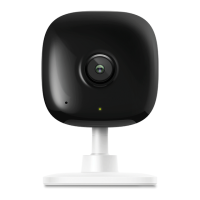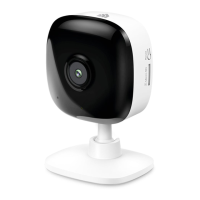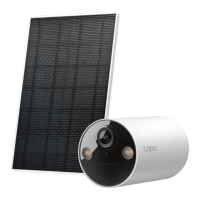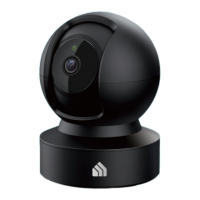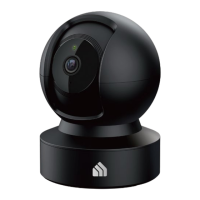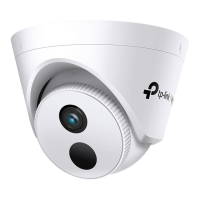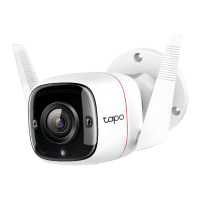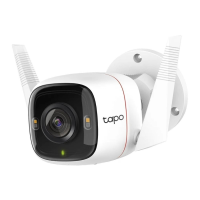Do you have a question about the TP-Link KC410S and is the answer not in the manual?
Explains the conventions used throughout the guide, including text formatting.
Provides links to the product page, support, community, and FAQs.
Download the Kasa Smart app from the App Store or Google Play.
Open the Kasa app and log in with your TP-Link ID or create one.
Tap the '+' button in the Kasa app and select the camera model.
Follow app instructions to configure your camera and add it to your home network.
Place your camera on a flat surface or mount it on a wall/ceiling.
View and manage all Kasa devices listed on the Home page.
Quickly turn the camera on or off via the switch on the Home page.
Schedule automatic power on/off times for your camera.
Schedule the camera to move between viewpoints at set intervals.
Access and review recorded videos in the 24/7 Recording section.
Enable or disable the continuous recording feature and check storage.
Turn the camera on/off, activating privacy mode when off.
Customize the name of your camera for easier identification.
Configure motion/sound detection and their sensitivity levels.
Choose whether to record audio along with video.
Configure which events trigger notifications and when.
Create custom activity zones for specific alert areas.
Enable continuous tracking of detected motion.
Set up automatic camera movement between predefined viewpoints.
Choose the desired video quality resolution for recordings.
Adjust the video orientation, such as normal or upside down.
Configure automatic or manual activation of night vision.
Turn the camera's status indicator light on or off.
Access wall-mount, 24/7 recording guides, and device information.
Reset camera by removing it from your Kasa account.
Reset camera by navigating through Device Settings.
Set up automated actions triggered by camera motion detection.
Link camera motion detection to control another Kasa smart device.
Define specific time periods for the motion-triggered action.
Optionally set a timer for the action to automatically turn off.
Assign a descriptive name to the configured smart action.
| Brand | TP-Link |
|---|---|
| Model | KC410S |
| Category | Security Camera |
| Language | English |
